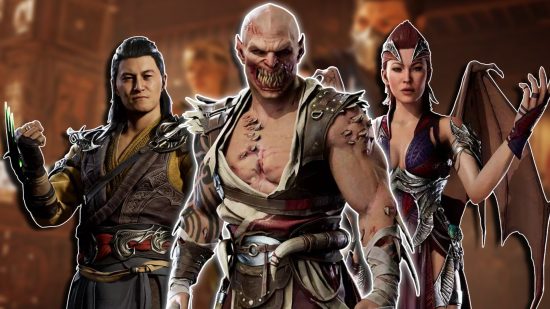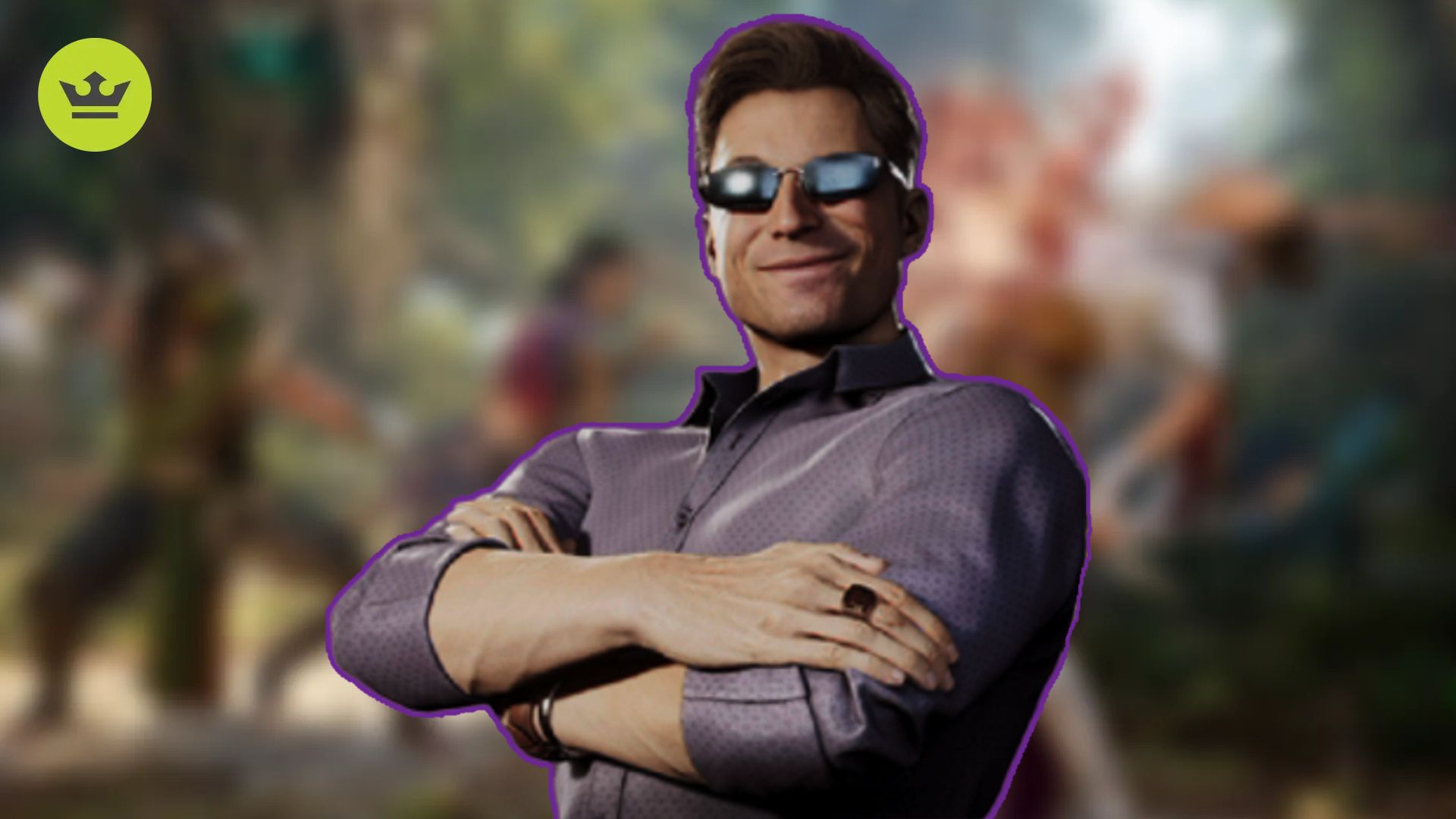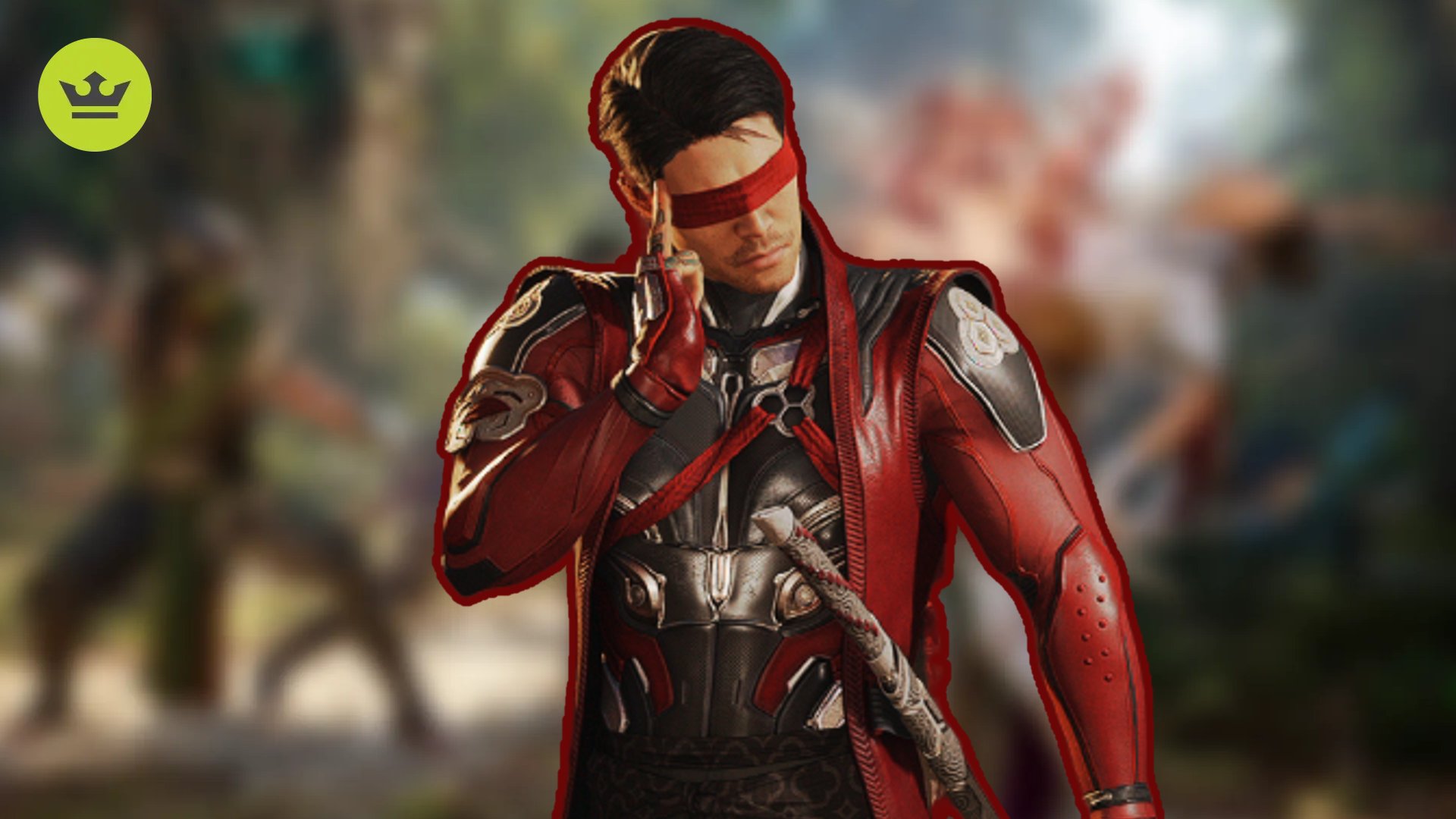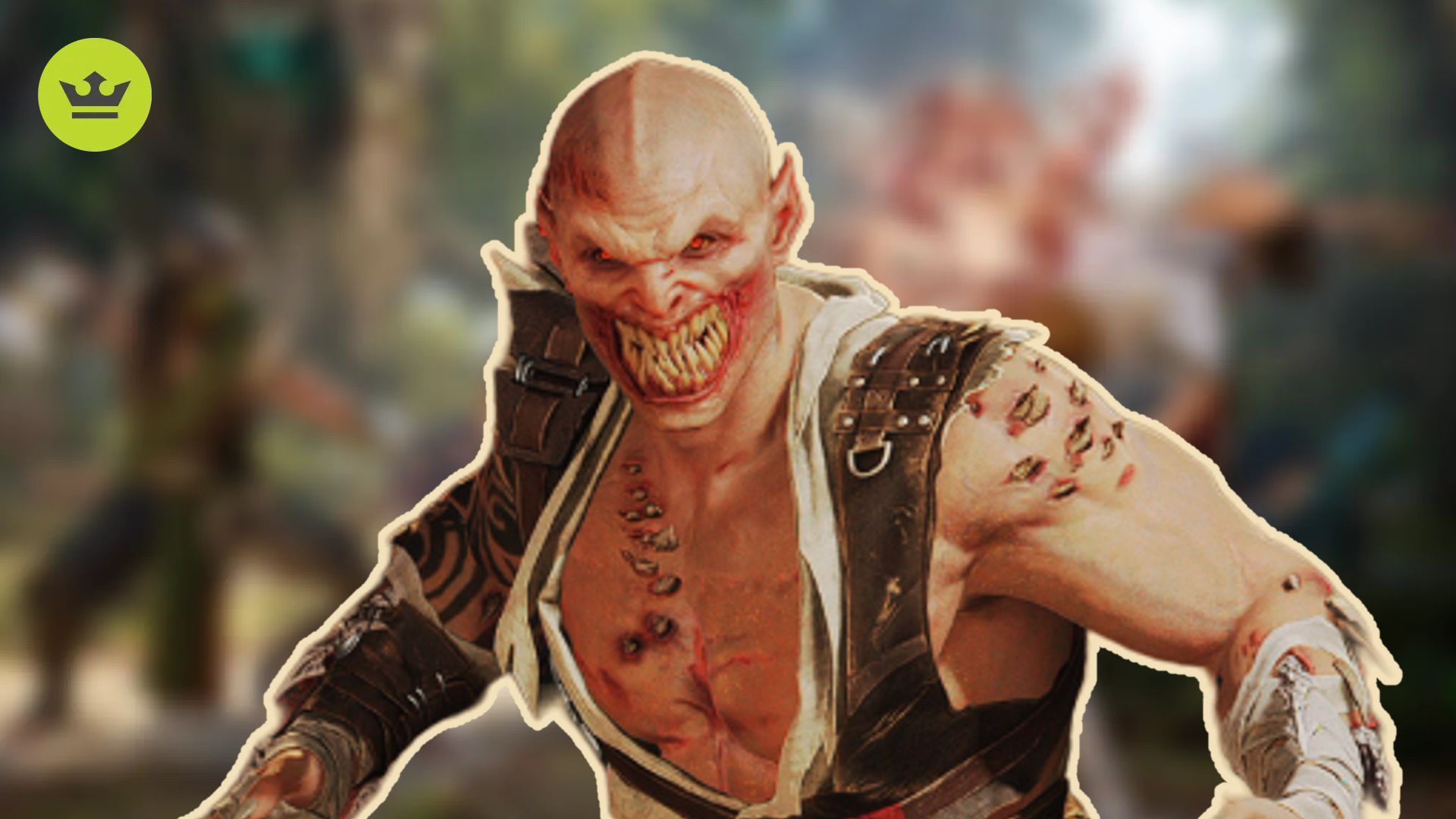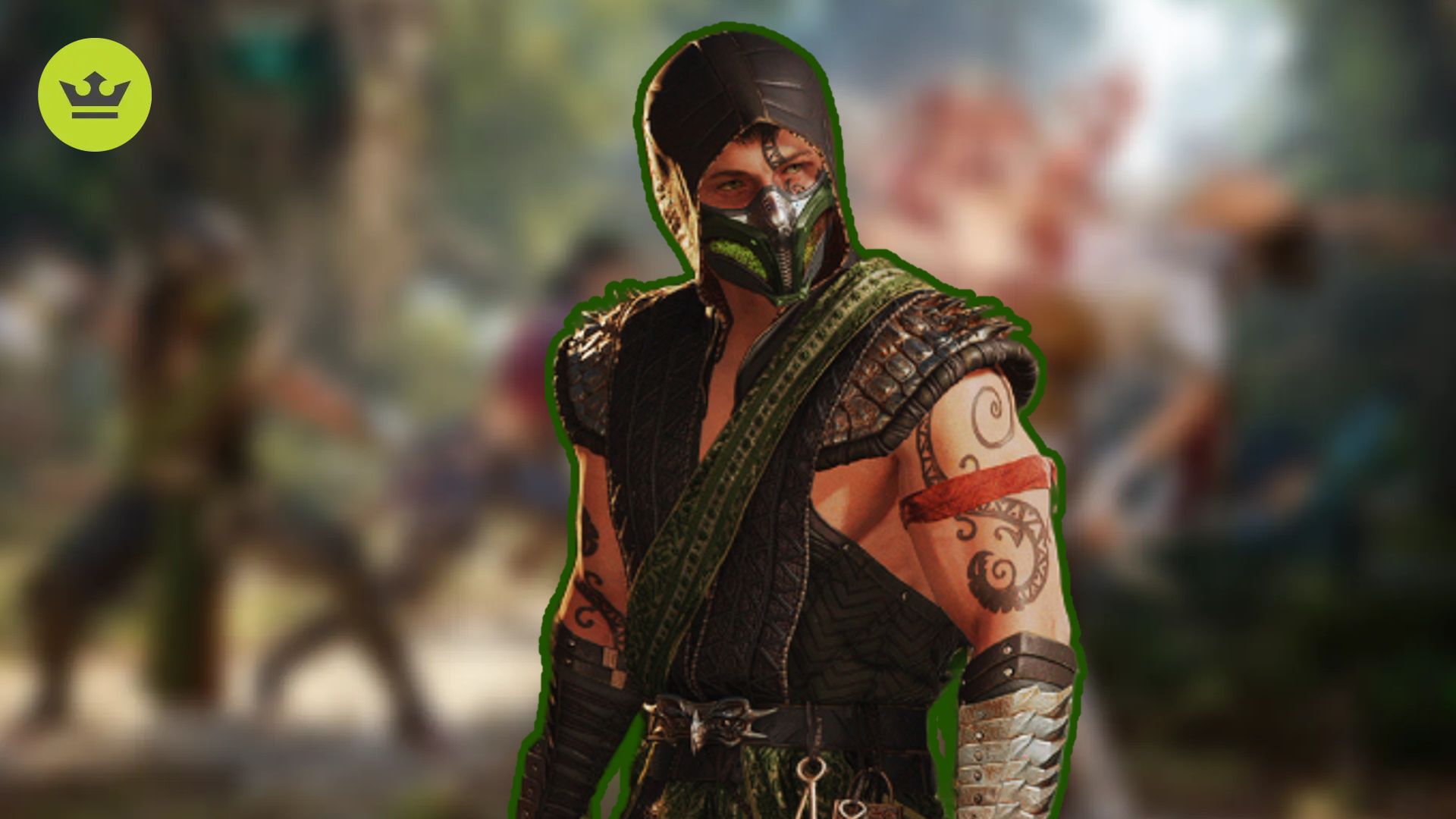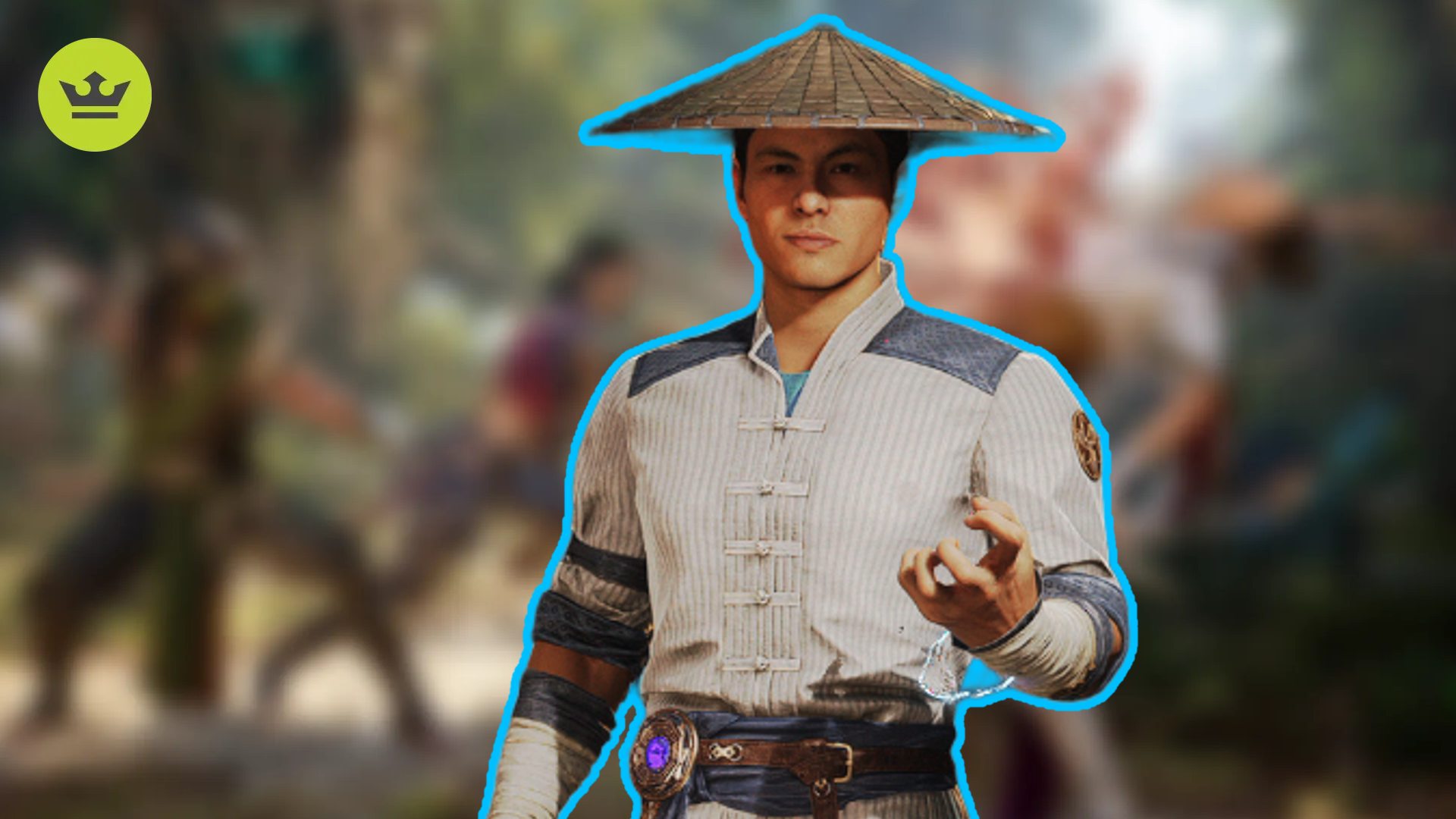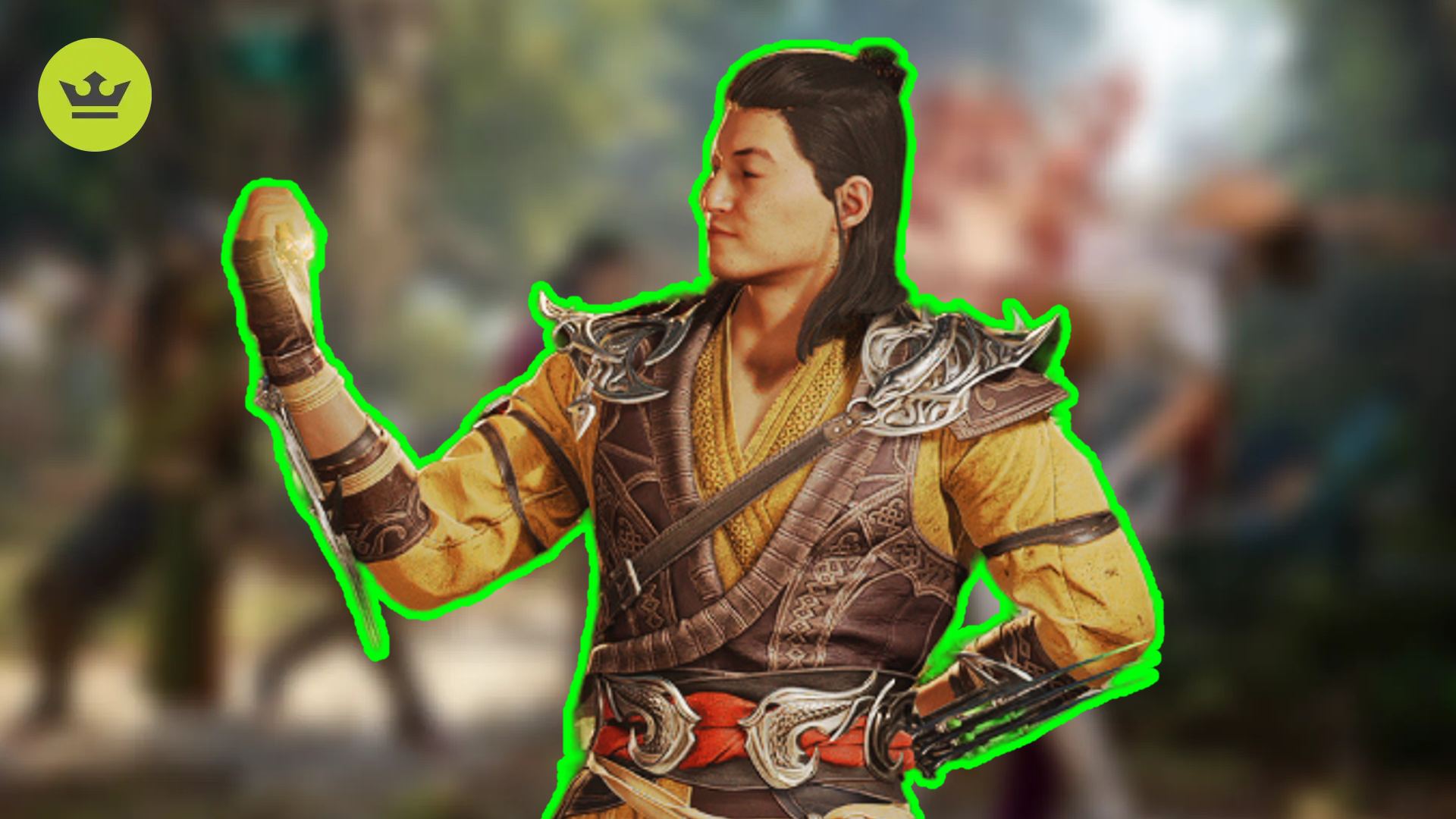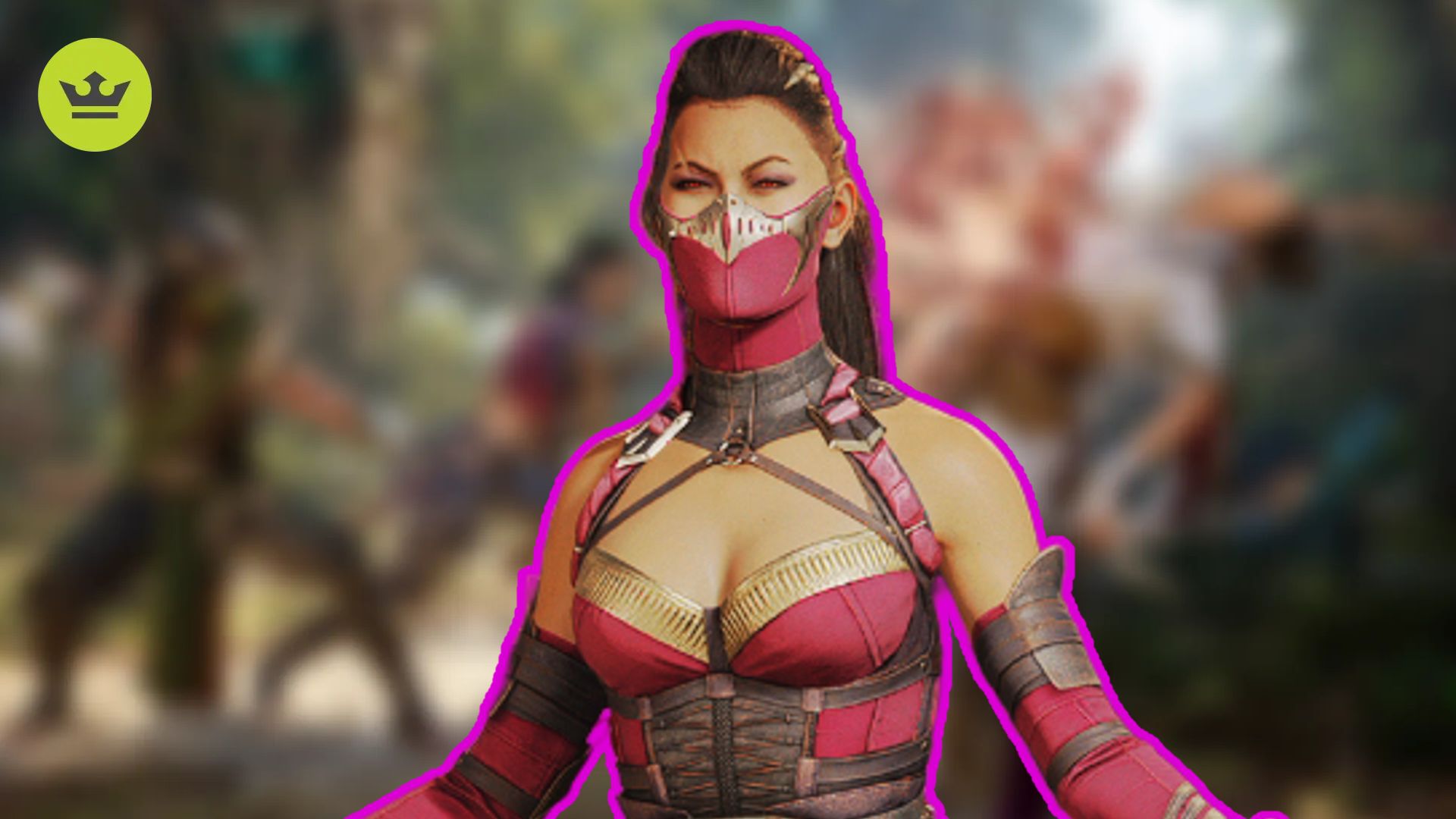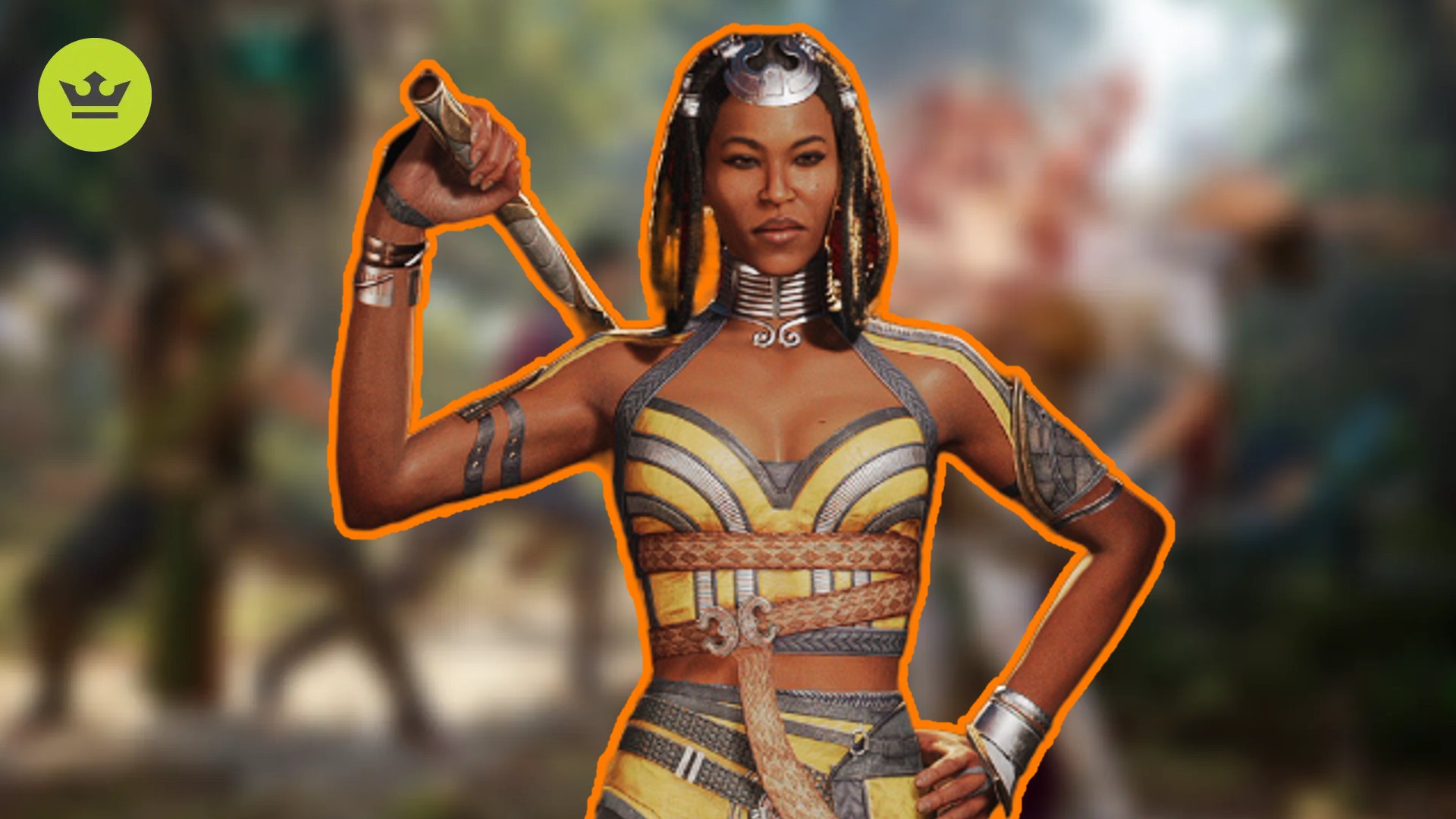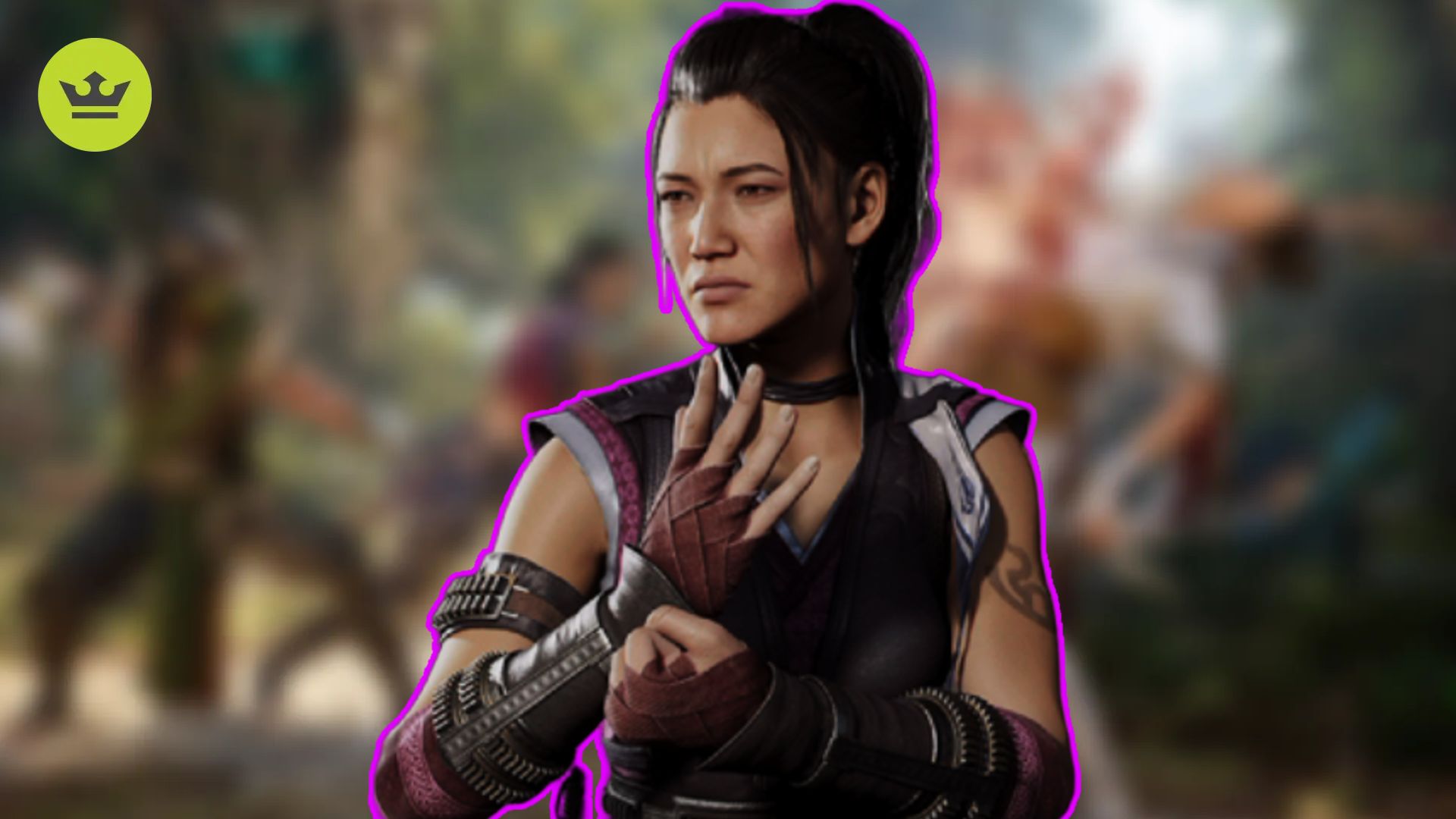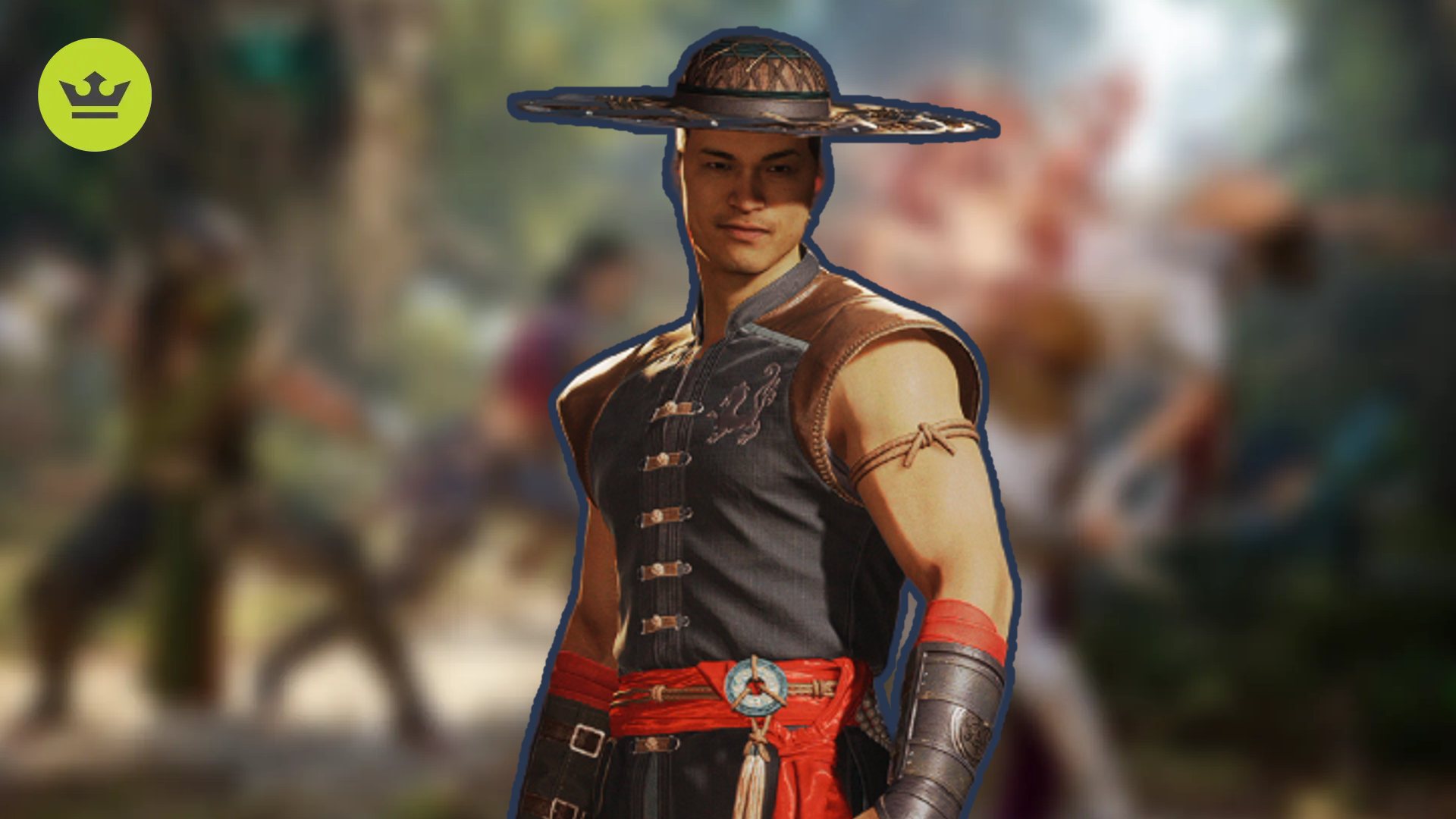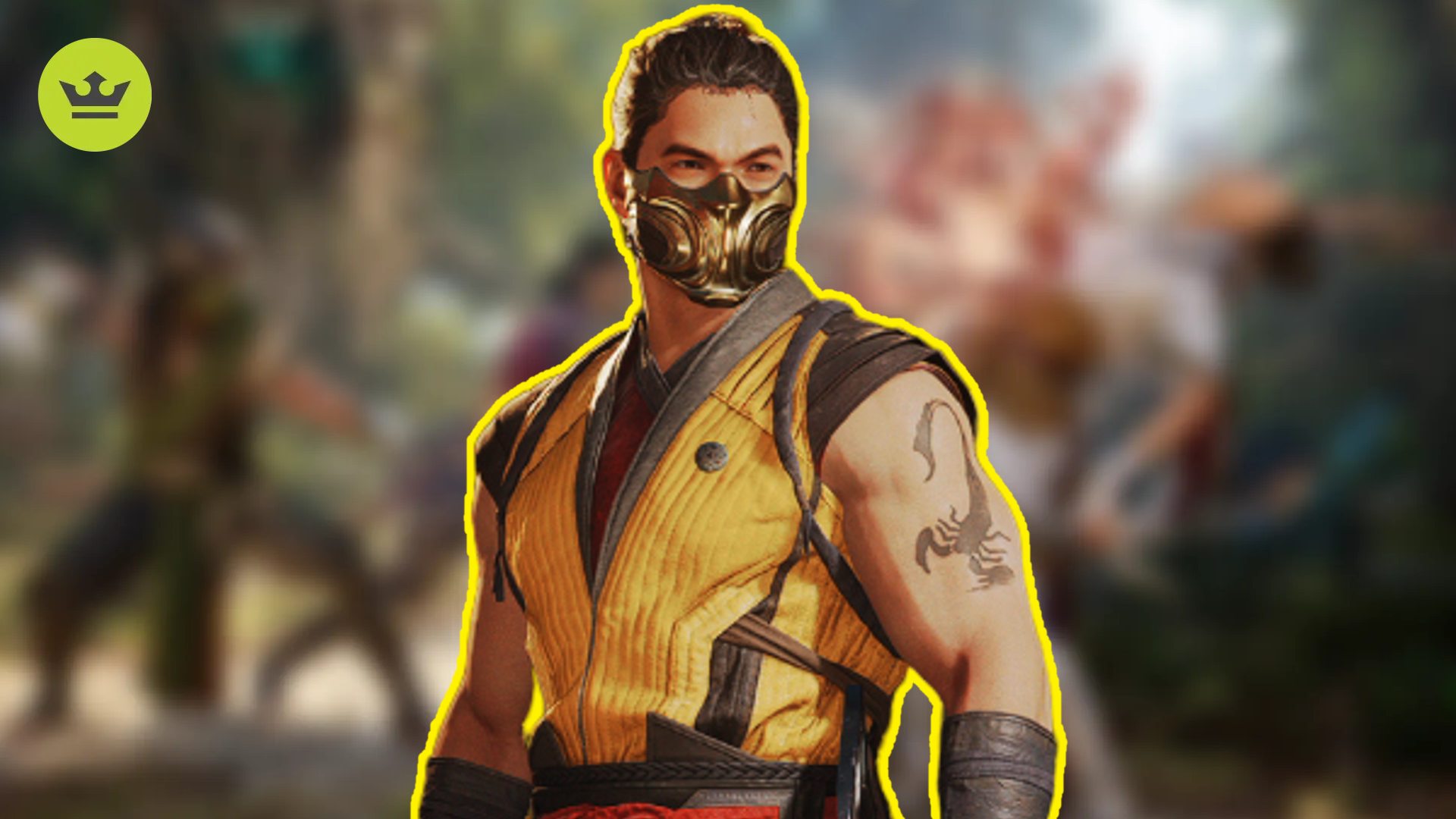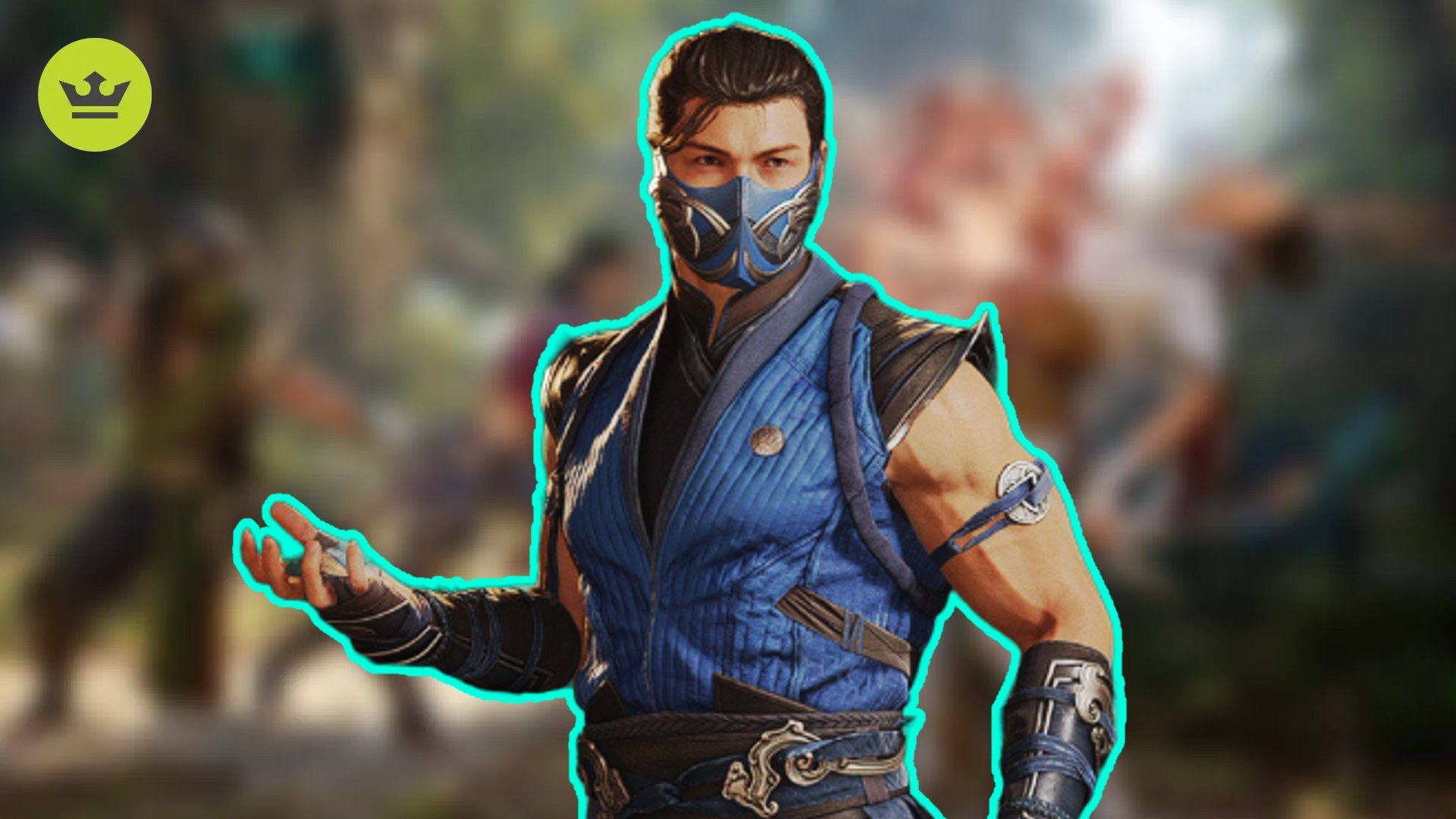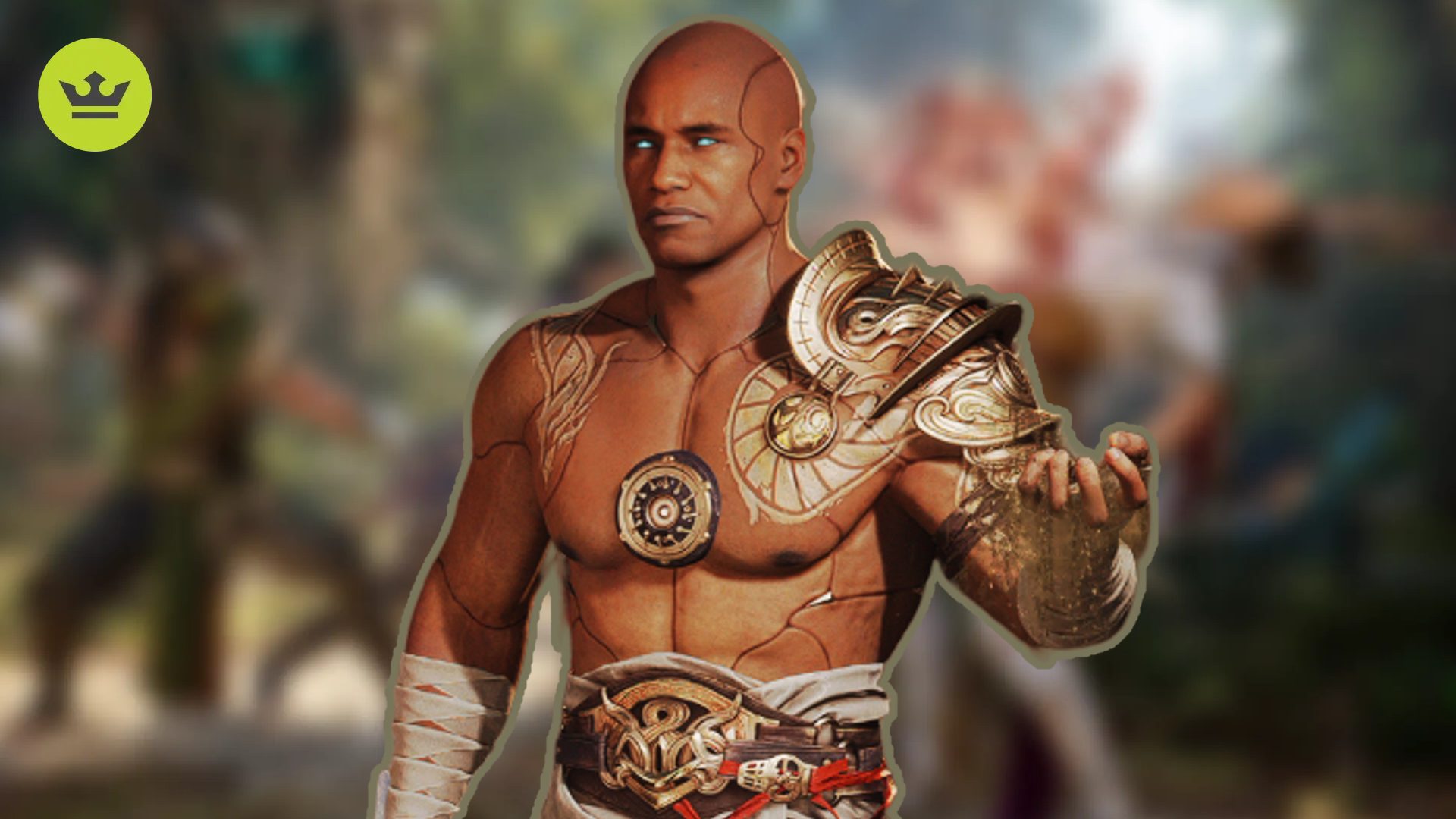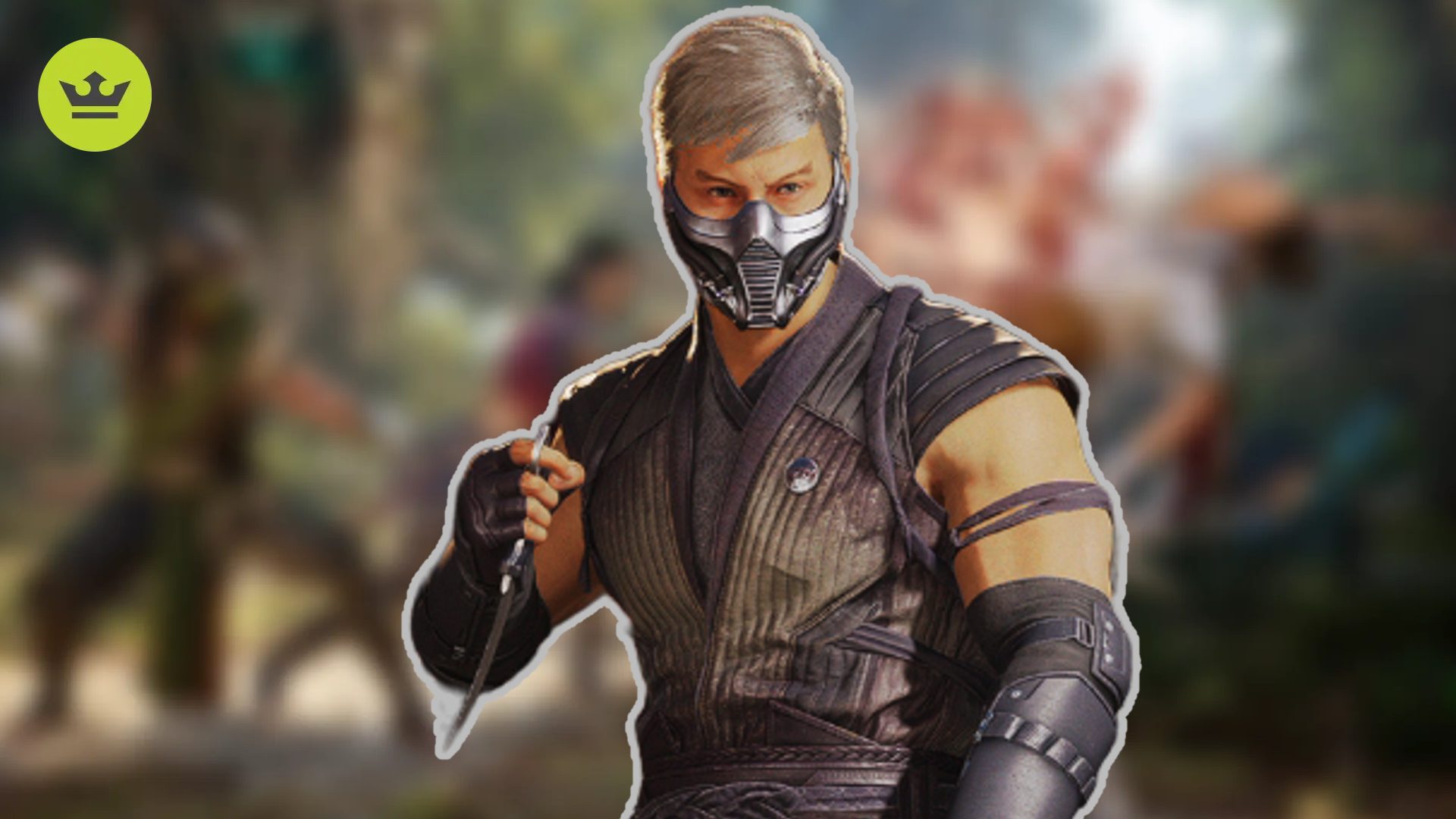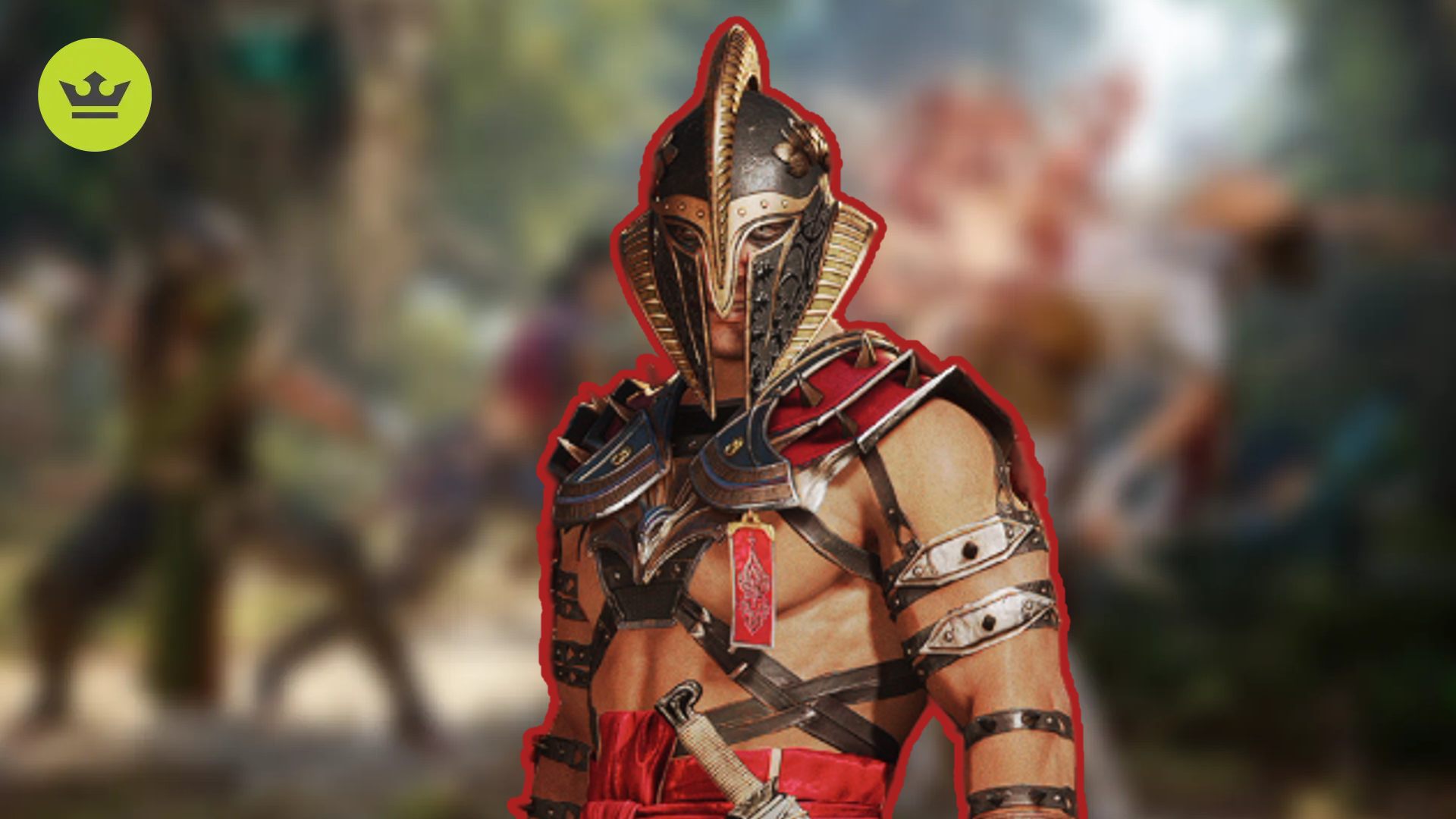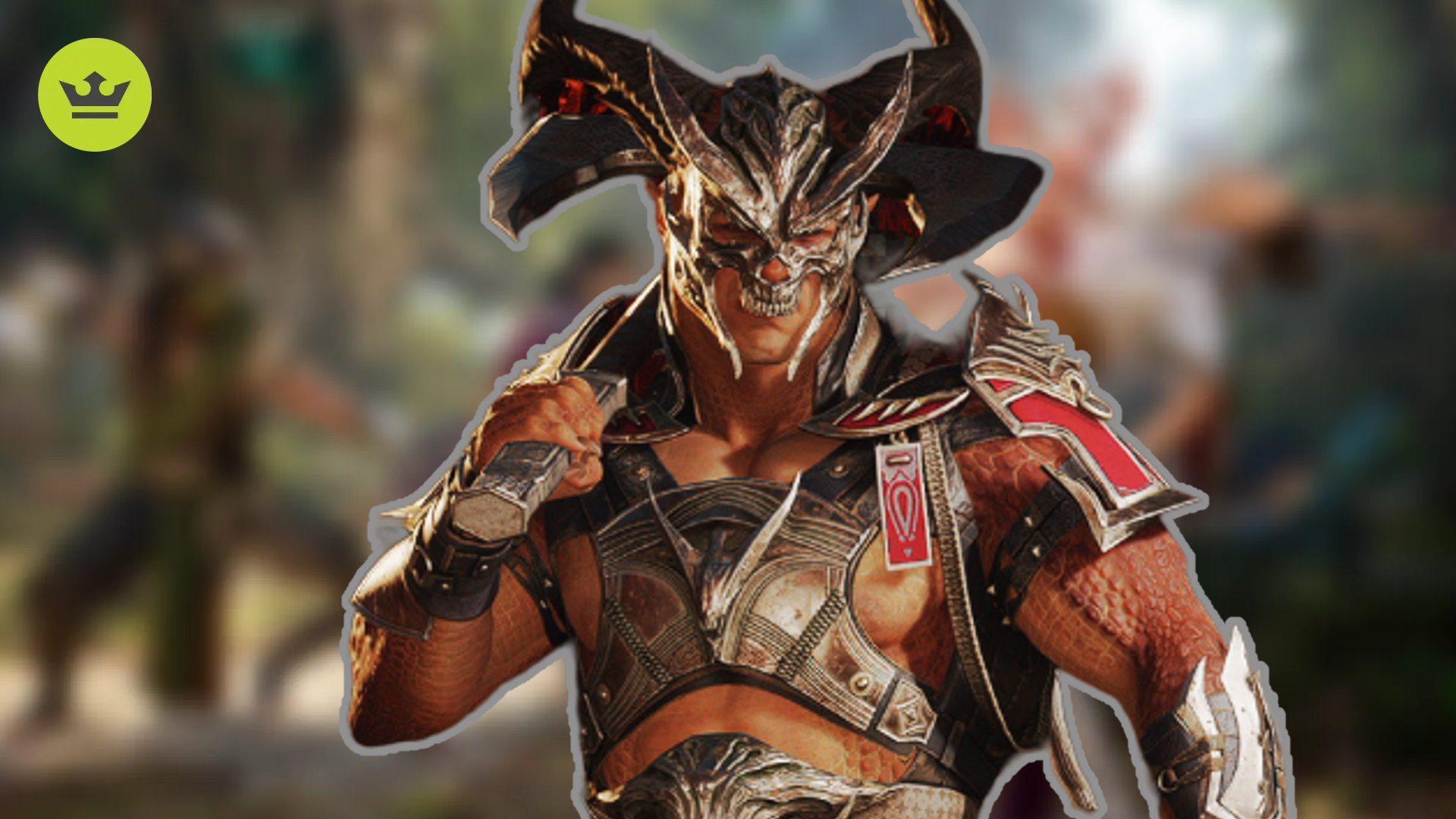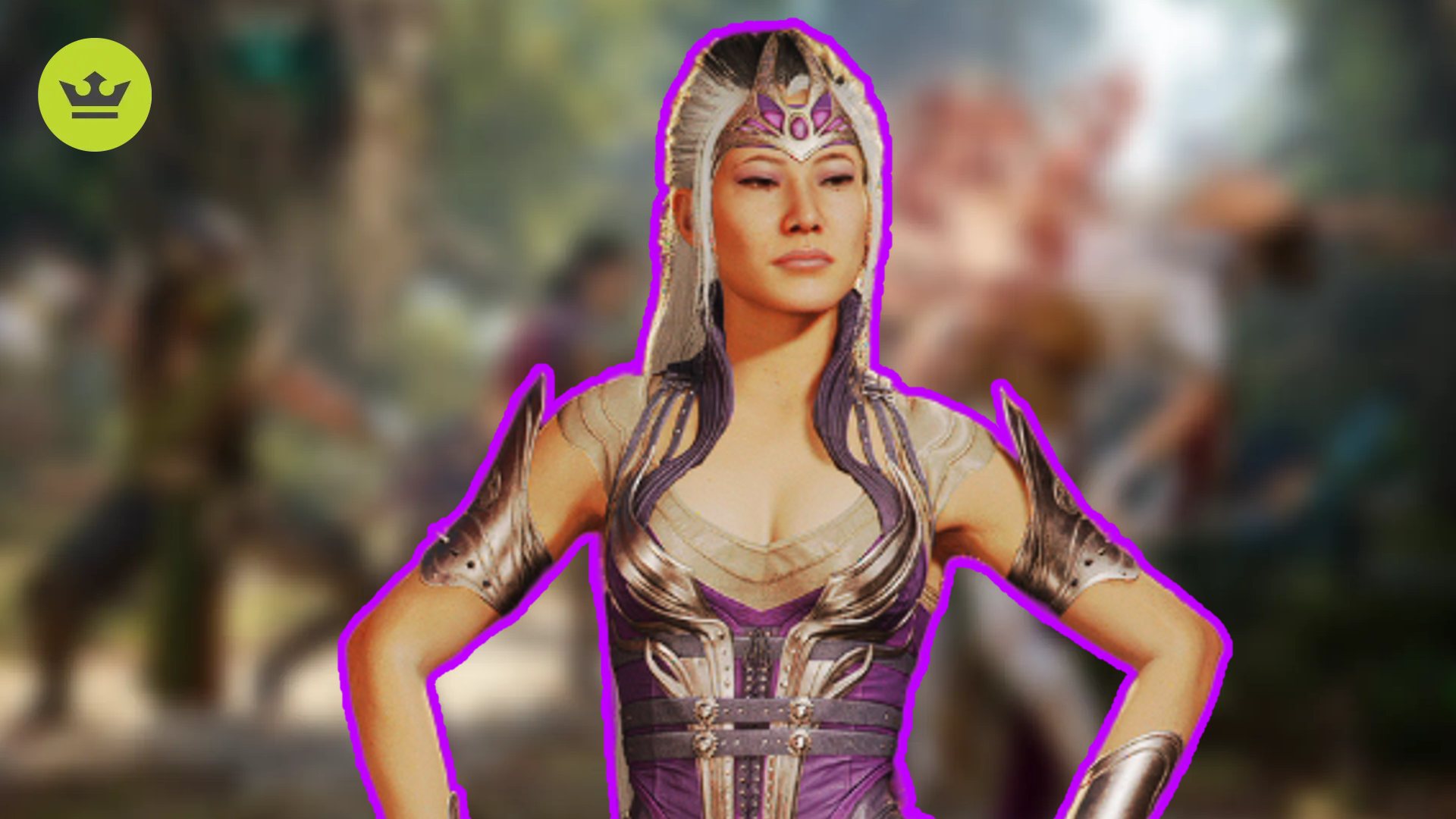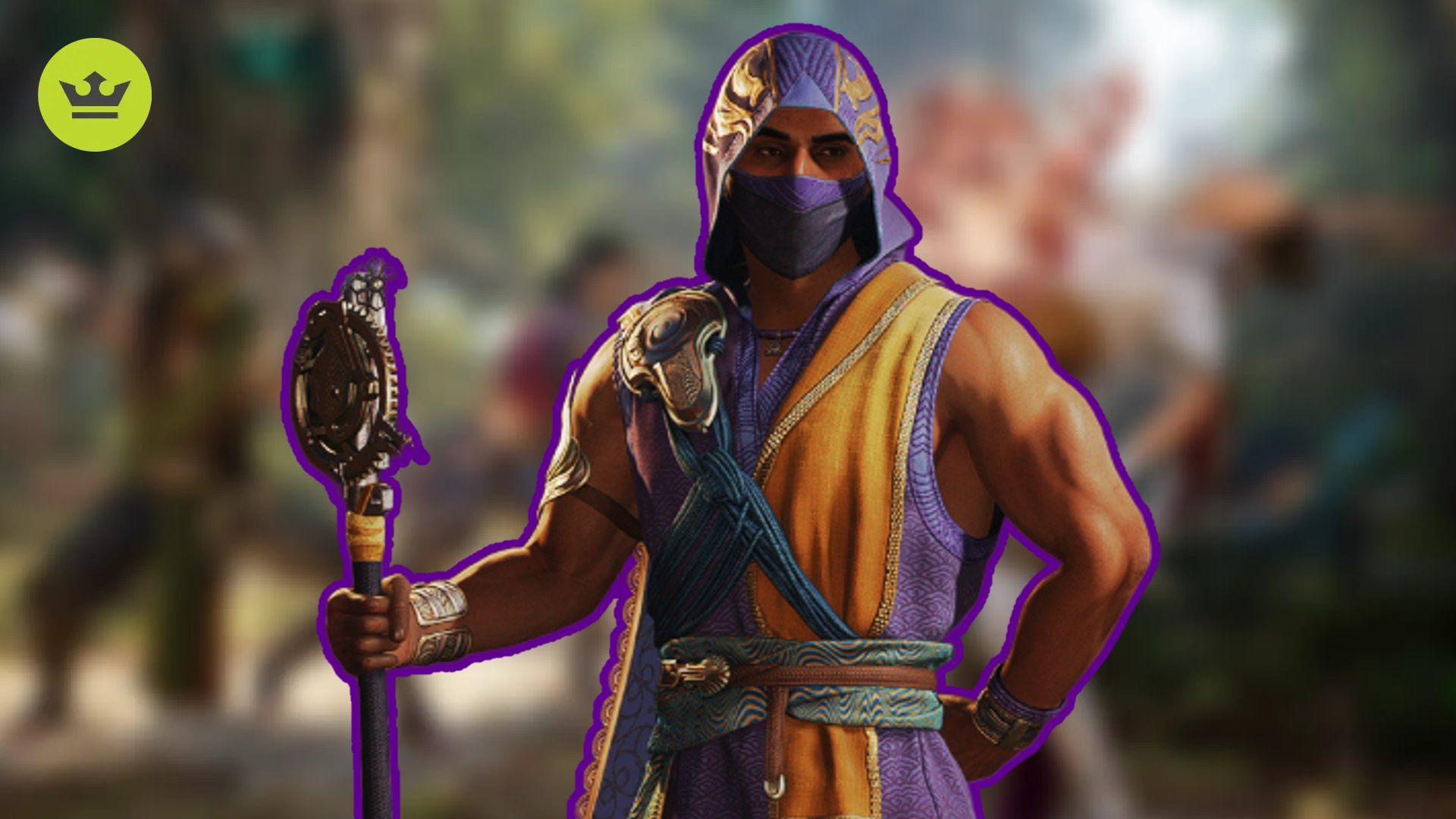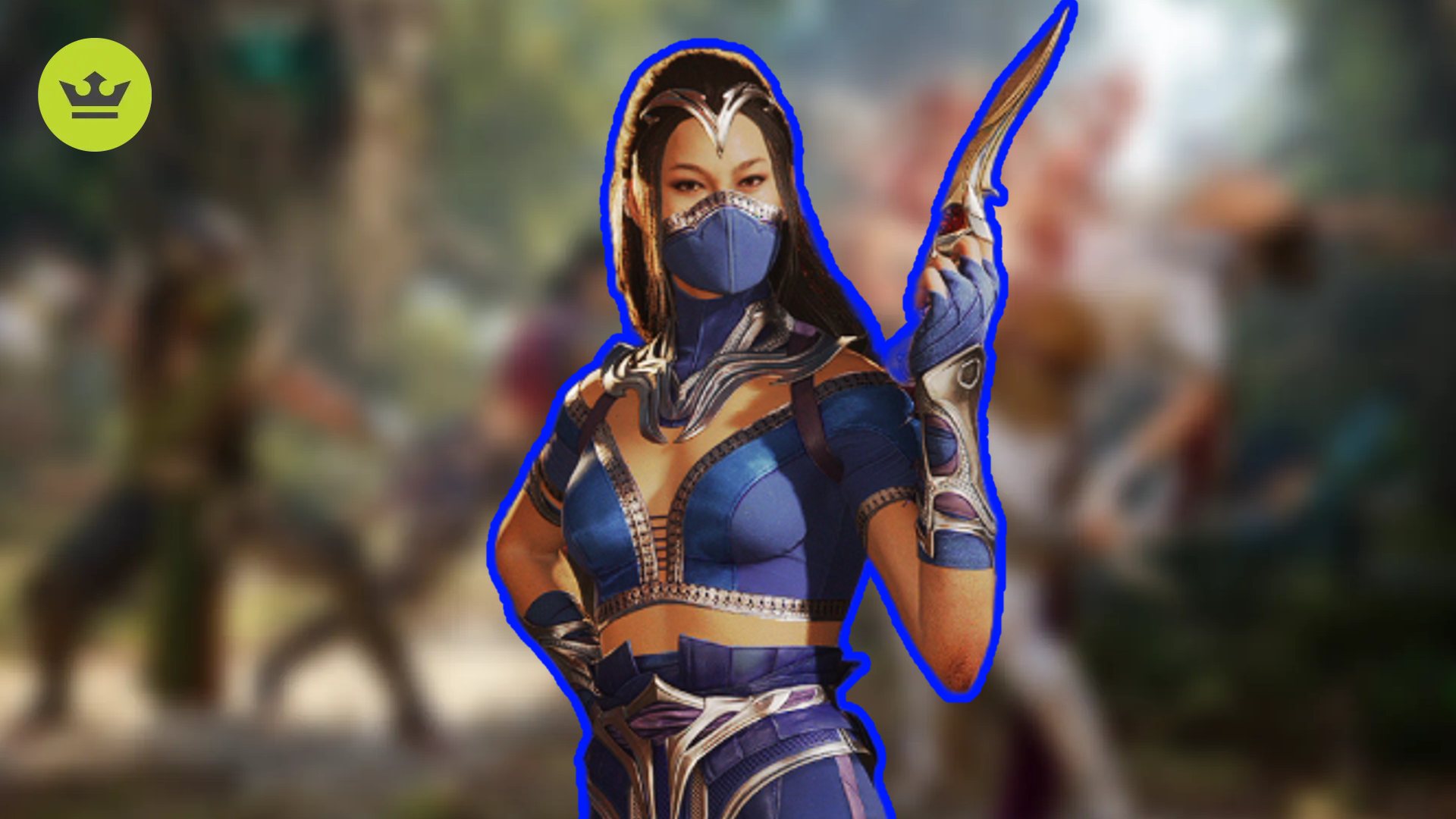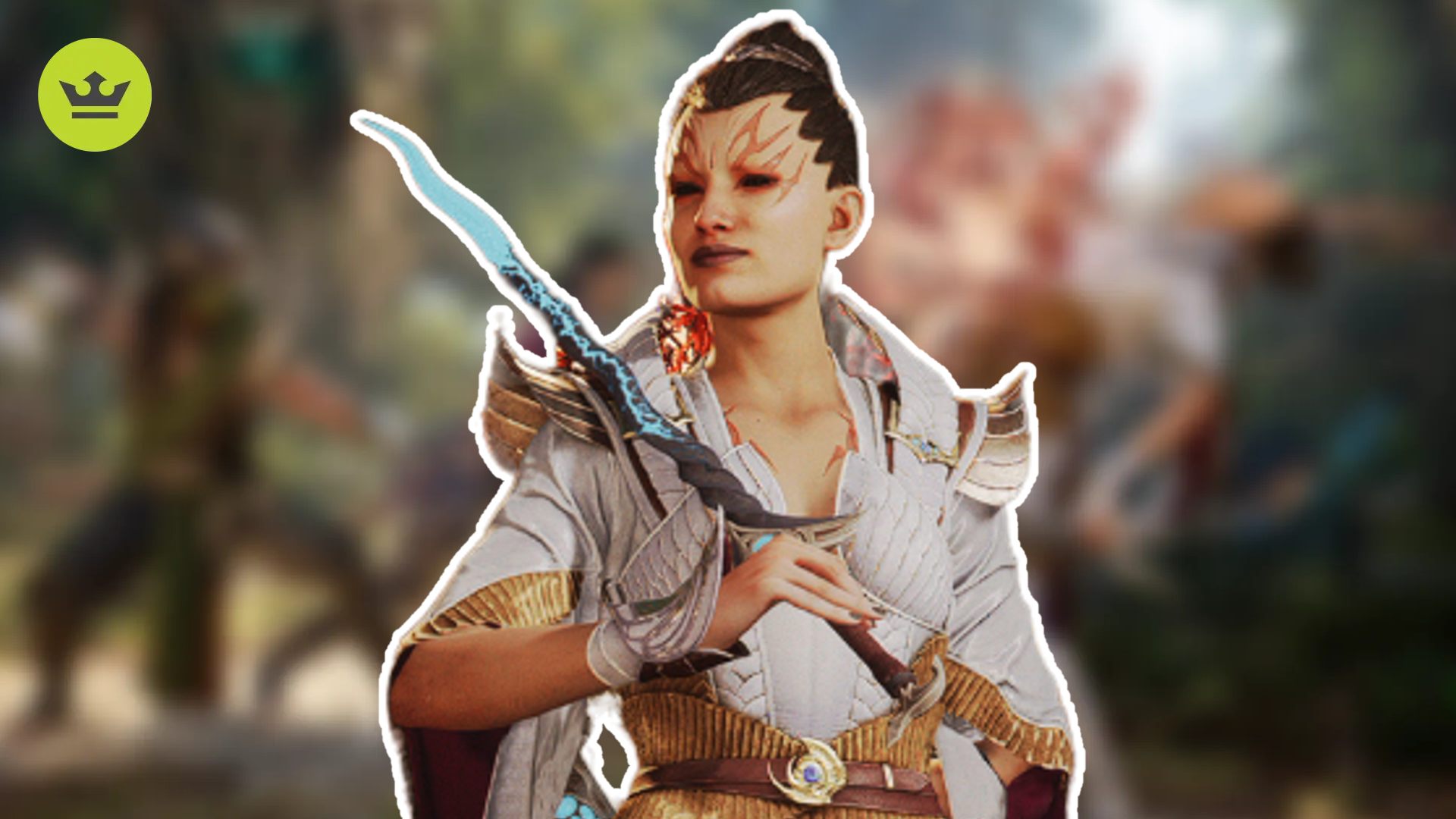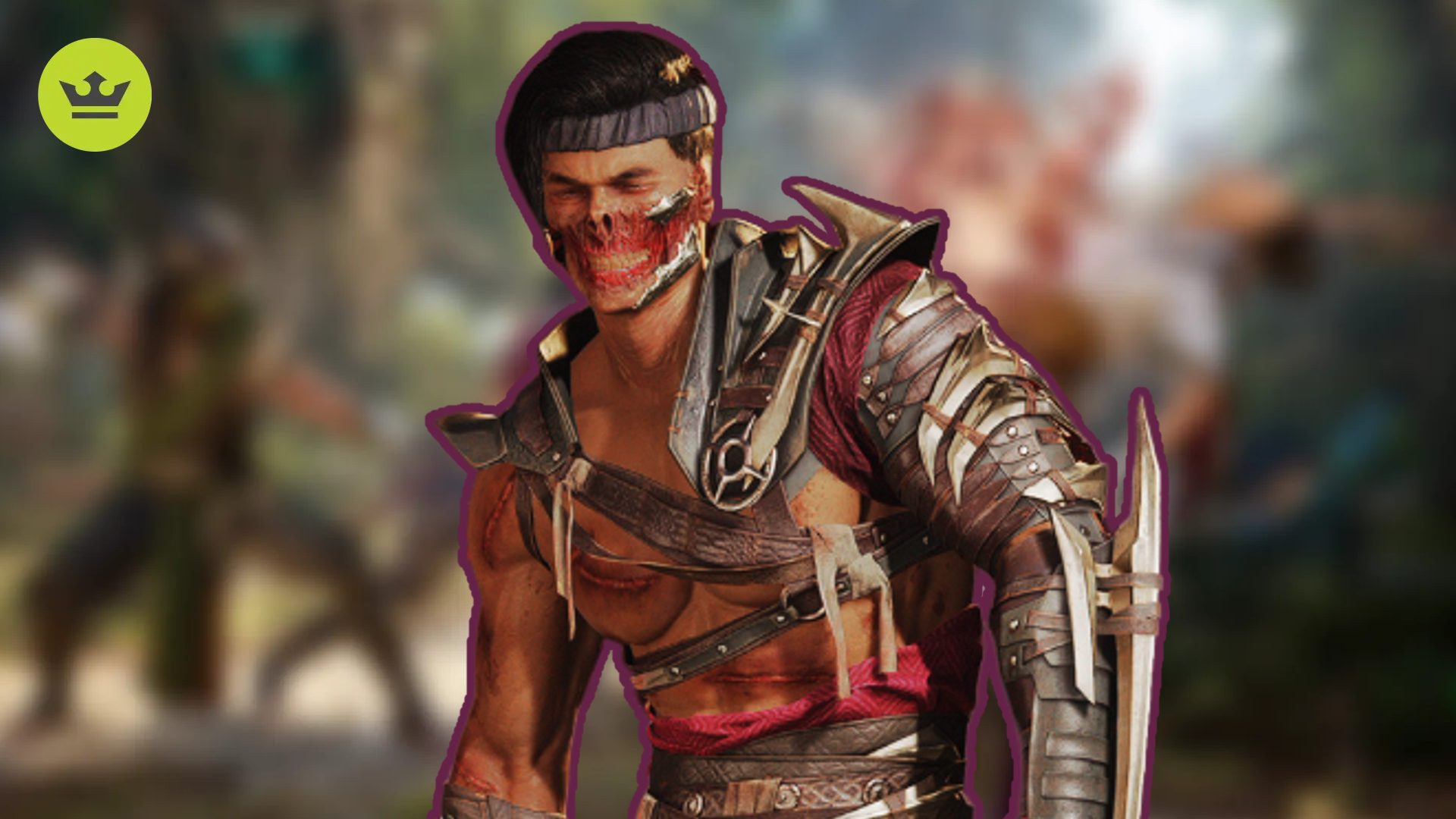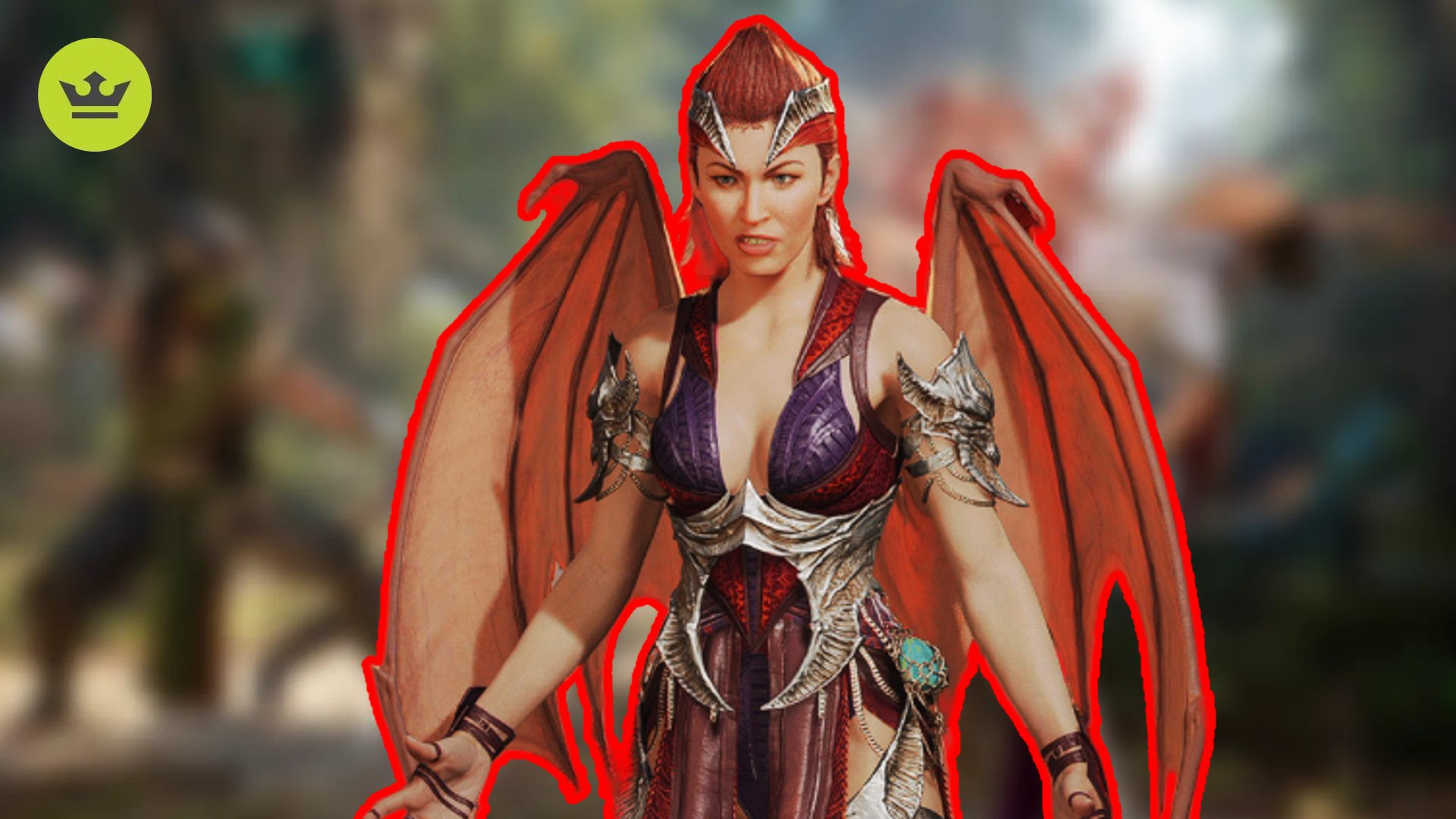Prepare for the most dangerous tournament out there by picking the best character in our Mortal Kombat 1 tier list. With our hands-on experience with the latest in the fighting game series, we’re prepared to perform some great fatalities, and if you want to have the best chance at winning, you’ll need to pick the best fighters which are highlighted in this MK1 tier list. There’s plenty to choose from, but only a handful can crush the tournament.
No matter which of the Mortal Kombat 1 characters you decide to play as, or the Mortal Kombat 1 Kameo Fighters you choose to bring along, you’ll have a great time in one the best fighting games out right now. But if you want to up your chances of winning matches, we’ve found the best of the best during our time with Mortal Kombat 1.
Mortal Kombat 1 tier list
The current Mortal Kombat 1 tier list rankings are:
- S-Tier: Johnny Cage, Kenshi, Baraka, Reptile, Raiden, Shang Tsung, Mileena
- A-Tier: Tanya, Li Mei, Kung Lao, Scorpion, Sub Zero, Geras, Smoke, Liu Kang, Reiko
- B-Tier: General Shao, Sindel, Rain, Kitana, Ashrah
- C-Tier: Havik, Nitara
This tier list is based on our hands-on experience with the game for our Mortal Kombat 1 review. Overall, none of the characters truly suck; a skilled player will still demolish a less skilled player as the ‘worst’ fighter, though it won’t be quite as smooth sailing. Some characters are certainly better than others, with the likes of Baraka and Raiden having dominated the arena since release.
As a result, there have been several nerfs targeting these top fighters, so expect to see tier list rankings changing often as characters receive buffs and nerfs. However, these are the top characters right now.

S-Tier
S-Tier characters are the strongest in the game, both for beginners and veterans. They generally have plenty of advantages to playing and learning, while very few shortcomings, making them a perfect choice for your next match.
Johnny Cage
Johnny Cage is more terrifying than he ever has been. His mixups and special moves are insane in Mortal Kombat 1 and Rising Star, Shadow Dash, Ball Buster, and Shadow Kick are all incredibly powerful, especially when combined with his powerful overheads and knock-ups.
His combos aren’t too complex off the bat, but there are a lot of chain attacks you can string together with combos and special moves, especially when you use his Hype ability. This allows you to special cancel into other special moves making Johnny even more terrifying in a fight.
His movement and stagger game are both excellent, and he’s incredibly sticky. While his star power meter seemed somewhat awkward to build at first, it’s become realistic to build an entire bar off of a single combo over time.
Not to mention how much ex-meter he builds on his own. Johnny Cage builds meter by making you block and hits you for an absurd amount of damage that leads to looping knockdown pressure, and he can just build his star power to get another resource to kill you with.
There is a lot to learn with Johnny, but he also has some great damage potential for mid-tier players or newcomers, so that is why he makes it into the S-tier. Having surprisingly avoided heavy nerfs, unlike the other kings of the ring Baraka and Raiden, Johnny Cage is arguably the best character in our MK1 tier list.
Kenshi
Puppet characters are more common in anime fighters like Guilty Gear. While operating two characters at once sounds like a nightmare to control – and it is – those who can master them will be well rewarded.
Kenshi’s Mortal Kombat 1 appearance sees the blind swordsman equipped with a special stance that summons a ghostly samurai to fight alongside him. This ghost can, uniquely, attack while Kenshi himself is blocking, making it incredibly risky to take advantage of any gaps in his pressure. You can also wind up sandwiched between Kenshi and this ghost – if you wind up in this situation, the Kenshi player might as well have already won the round.
Kenshi players have quickly harnessed the power of puppet characters. Kenshi is insane; he’s got great neutral buttons and an easy way to access his Sento Stance, where the character is stacked top to bottom with plus frames and hard-to-blockables.
It’d be different if Kenshi himself was weak on his own, but even without his ghost partner, he’s got a solid game plan. Mortal Kombat 1 is a two-versus-two fighting game with every other character in the cast. Picking Kenshi gives you an extra body on the field, and once you learn the ins and outs of his game plan, it feels like a power play.
Baraka
Mortal Kombat 1’s Baraka is a menace in every sense of the word. He’s got the insane pressure and damage expected of him – Kameos just let him do it safely. Things like Goro’s punchwalk or Cyrax’s chopper Kameos turn Baraka into an absurd chip damage-dealing machine. Once Baraka gets the hit, he has no problem staying in the opponent’s face and doesn’t care if they block because of the absurd amount of chip damage he deals to them.
While he has been nerfed heavily, knocking his raw damage output out of top position, he’s still an incredibly powerful character in large thanks to his aggressive moveset. Aggression and whiff punishing are important in Mortal Kombat 1, and Baraka can not only hold his own in the midrange but outright ignore it while being at an advantage by spinning in from the air while covered by his assist.
Reptile
Just about every version of Reptile has superb neutral, with slow-moving projectiles to add pressure, solid normals, and an excellent block dash; Mortal Kombat 1’s version of the slimy green ninja feels especially potent. The key to Reptile’s strength here isn’t just in his obnoxiously long-reaching and safe sweep and tail attacks – it’s his utility.
As a point character, many Mortal Kombat 1 characters need something to generate good damage from their openings. Reptile is one that bucks this trend – force ball gives him incredibly consistent juggle routes to lead into his excellent combo enders. Add on the fact that he’s got a solid whiff-punishing game, and you’ve got a deadly character who is a definite contender for an early top-tier.
Raiden
The new Raiden truly feels like thunder. He’s a character with an absolute barn full of great normals that, when paired with the right assists, lead to insane damage from simple but strong moves. He’s also great at both placing people in and escaping the corner because of his Superman fly.
It’s hard to spot a weakness in Raiden’s game right now. There are spaces on the screen where he’s not oppressive, but he always has something to threaten with. Kameos only take parts of an already great kit and them even more deadly. Like Baraka, Raiden has been hit hard by nerfs since release, reducing the overall damage output of his combos, but that hasn’t stopped him from being one of the best characters in our Mortal Kombat 1 tier list.
Shang Tsung
The shape-shifting wizard Shang Tsung appears in Mortal Kombat 1 as one of the game’s more monstrous zoners. Young Shang Tsung’s fireballs are stifling to approach, and with the right Kameo, he can convert from them directly into his old version’s rising skulls for a full combo from anywhere on the screen.
The sorcerer has a stifling neutral because of this trait. While Mortal Kombat 1 has decently powerful anti-fireball options, Shang Tsung can make it feel like players have to rely on making risky reads if their character doesn’t already have the proper tools to contest him. His offense isn’t as oppressive as someone like Johnny or Baraka, but when he lands a hit, he can convert from dubious ranges.
Mileena
Mortal Kombat 1’s Mileena is an obnoxious, in-your-face rushdown monster. Untethered from Mortal Kombat 11’s more measured appearance, this Millena is a crazy combo monster that is impossible to keep out. With launching teleports, a metered projectile that instantly closes the gap if it hits, and a small set of strong, focused strings, fighting Mileena is a test of your reactions.
Previous versions of Mileena tended to be somewhat unsafe in the way they approached combos. Randomly doing a roll was, and is, death on block. With the right assists, you can completely change that in Mortal Kombat 1. Unsafe moves can become safe or even advantageous -n-block with the usage of the right Kameo. With Mileena’s already impressive kit, Kameos make her feel like a monster in Mortal Kombat 1.
A-Tier
The A-Tier is for characters who are almost as excellent as the S-Tier, but they have a few weaknesses or difficult learning paths to make them as strong as the top characters in our list.
Tanya
Mortal Kombat 1’s Tanya is a bully in the midrange – with an especially oppressive advancing mid and a kit of defensive normal that makes her a pain to walk in on. She’s great at punishing people’s approaches and controlling space – but she’s a little less potent on the offensive side, at least without her teleport buff.
Alone, Tanya’s goal is to bully people in the midrange and sneak in charge of their teleport. Once that’s stocked, you can initiate and extend pressure and combos with it – it’s like her old MKX teleport. She feels strong, but in a game with Kameos, that offensive teleport doesn’t feel as cheap when compared to what some other characters can get for free. She does have a very strong neutral on her own, and you can beat a lot of players with her main advancing mid alone.
Li Mei
3D-era Mortal Kombat character Li Mei’s appearance in Mortal Kombat 1 feels lackluster. While Netherealm Studios has given the character a much-needed facelift since their last playable appearance in Armageddon, her moveset initially doesn’t bring much to the imagination. Her solo conversions aren’t the best, and while she certainly has the tools to fight an opponent up close, a lot of her best tools yield middling rewards for what she needs to do to land that hit.
However, her two flipkicks are absurd and only get better when teamed up with the right Kameo assist. They’re one of few tools in the game that can punish a crouching jab for a full combo. While these jabs are far more disadvantageous on block than in previous games, you won’t typically explode if one gets blocked. Li Mei’s flip kick breaks this trend in half. In the right hands and with the right Kameo, Li Mei is a pest in the arena.
Kung Lao
Kung Lao is in possession of one of the single fastest moves in the game in the form of his back-left punch. At six frames, this normal will punish moves other characters can’t and turn those punishes into a full combo, not unlike his rival Liu Kang. Kung Lao has a toolkit of excellent close-range normals, projectiles, and his incredible dive kick.
He’s very tricky on the approach and synergizes well with Kameos, though he just doesn’t feel especially strong without them. Right now, Kung Lao’s close-range mix-up feels non-threatening without the proper assist, but devastating otherwise.
Scorpion
Mortal Kombat 1’s version of Scorpion takes the previous iteration of the character and gives them a range boost. Giving up the blade in favor of his iconic rope-spear, Scorpion has the ability to trip their opponent from almost an entire screen away.
Where previous iterations of the character struggled with punishing the character for ducking under their highs, this version solves that issue by granting Scorpion a mid version of his spear-toss special move, a tracking low and plenty of range to play around that weakness. While not super strong point-blank, MK1’s Scorpion is still a very tough version of the character.
Sub Zero
In Mortal Kombat 1, Sub Zero feels built around solid footsies and a simple high-low mix-up. Like Liu Kang, he’s not a far departure from his Mortal Kombat 11 version – it’s just that the game has changed around him. You would think that the presence of assists would allow him to turn his risky high-low mix-up into something, especially deadly, but instead, he just gains additional safety.
Sub Zero reappears as a defensive wall of a character with some risky point-blank high and low. Mortal Kombat 1’s Kameo system makes that latter style far safer than previous iterations. Alone, however, Sub Zero is a whiff-punishing, defensive monster that wants the opponent to overextend. If he finds himself on the offense, he can easily crack open defenses with his strong overhead.
He does tend to do less damage than other characters in the Mortal Kombat 1 tier list, but he doesn’t have a problem actually finding his hits land.
Geras
The Mortal Kombat 11 newcomer Geras reappears here in MK1 as the familiar bruiser he was introduced as. He takes his spot on the roster as a wielder of one of the game’s two command throws, the other belonging to Reiko.
Geras in Mortal Kombat 1 has a lot more to offer than his previous iteration – his midrange and screen control aren’t as strong as they were when he was introduced in 11, but to make up for that, Netherrealm Studios has gone all in on his time-mechanic. Geras can create insane, hard-to-escape setups by summoning and controlling a second version of himself and skew risk-reward in his favor by making manipulating the flow of time.
But unlike the launch version of his previous edition, this Geras really cares about forcing the opponent to the corner because outside of it, his command throw doesn’t do that much damage, nor does it lead to loopable offense. Nevertheless, we could see Geras moving up or down in the tiers based on buffs and nerfs to the roster, simply because of how unique his toolkit is.
Smoke
Smoke is Mortal Kombat 1’s biggest ninja, the character who is the most dedicated to mixing up people. His strings are loaded with tricky highs and lows that are meant to be used in conjunction with his teleports to keep an opponent guessing wrong until their lifebar hits zero. He’s the character you pick if you don’t mind sacrificing your midrange or damage for the simplicity of confusing your opponent.
Smoke is somewhat weak if he’s not point-blank, his smoke-dash helps him close distance and create pressure, but it’s not a replacement for a healthy kit of mid-ranged normals. Now, since Mortal Kombat 1 is generally an offensive game, his strengths do pull him up higher than his weaknesses can pull him down.
Liu Kang
In the betas, Liu Kang was the character with the fastest punisher in the game in the form of his six-frame high string. This meant that Liu Kang was capable of punishing moves that were annoyingly safe for other characters. Now that the full game has been released, we’ve seen this trait on a few other characters.
Without that, Liu Kang lacks the edge to put him up above the other characters. He’s still powerful, pairs very well with Kameos, and has a decently good fireball. Right now, we feel like he’s edged out by characters like Baraka, Raiden, or Johnny Cage though.
Reiko
One of Mortal Kombat 1’s grapplers, Reiko is a close-range bully of a character with an already deadly command throw that only gets even more absurd when paired with the right Kameo. This character is stacked top-to-bottom with plus-on-block moves to enforce a simple pressure game and two strong avenues to capitalize on a blocking opponent.
Reiko also has some deceptively long range. Several of his normals have these big, disjointed hitboxes that – while they don’t lead to combos directly, allow Reiko to close the gap if they hit. With such a robust set of normals and a simple game plan, Reiko feels very strong – but not every match-up is played at that range. Whether Reiko rises or falls depends on the match-ups he runs into and what Kameos give him, but high damage and great mids are just a great thing to have.
B-Tier characters
B-tier characters are aren’t particularly impressive, but they can still certainly win. Typically, they have a poorer match-up spread or are outshined by a stronger character competing in the same category.
General Shao
The former Kahn of Outworld hasn’t had the best history as a playable character. Generally, Shao outputs monstrous amounts of damage but tends to be outspaced or zoned out due to how committal and slow his normals are and how poor his mobility is.
Typically, this would be the same for General Shao in Mortal Kombat 1. Still, thankfully the Kameo system covers some of these weaknesses. They can plug the gaps in his game plan, but he still has a major flaw: his mid-attacks aren’t the best. Oftentimes, you’ll end a combo and try to pressure your opponent on their wake-up, only for them to mash out with a crouching jab. Shao does have options for this, but none of them are as deadly as they might seem.
Sindel
The Edenian Queen Sindel is one of the game’s premier zoners. Like others of her archetype, she excels in keep-away with her extending hair and projectiles – what Sindel brings to the table is her excellent air fireball and Kameo manipulation. For the former, you can perform a tiger-knee motion to do Sindel’s fireball just as you leave the ground – this makes it capable of hitting grounded opponents while maintaining the retreating properties of the aerial version of the attack, not dissimilar to Mortal Kombat 9’s Kabal and his instant-air gas blasts.
Sindel doesn’t feel nearly as strong as Mortal Kombat 9’s Kabal, however, which is good – she also exists in a game where any character can have a teleport due to the Kameo system. If zoning winds up being a dominant strategy in Mortal Kombat 1’s long-term meta, Sindel will likely rise up a little higher, but as of right now, she feels somewhat middling.
Rain
Mortal Kombat 1’s version of Rain might as well be a new character; he doesn’t look like any previous iteration of the character. He still has superkick, but basically every other move has been replaced with something new – he’s a zoner now.
Rain’s kit is large and expressive in ways that make it difficult to gauge his strength initially. He’s very strong from mid-range and longer, but also a half-decent high-low game up close that can be made lethal with the right Kameo. It’s just that he doesn’t present many threats from that full-screen range – once you understand how to approach a zoner, you can very easily defend his projectiles, meaning he’ll have to take a risk to open you up before you fully push him towards the corner.
Kitana
Classically a zoner, Kitana doesn’t change much here. Mortal Kombat 1’s version of the character uses her fans to target portions of the game’s larger screen space to punish people for trying to approach her. It’s classic Kitana; she’s still great at poking and annoying the opponent. Right now, however, there isn’t a part of her kit that seems obnoxious to deal with.
Kitana feels like a familiar version of the character, which isn’t bad, this just doesn’t feel like a keynote iteration of the princess. She’s stable, so right now she feels like she sits right in the middle of the pack. And as with all fighters, Kameos can help raise the bar, but you might as well play a more meta character if winning is your top priority.
Ashrah
3D-era returner Ashrah is a stable midrange monster with several menacing and far-reaching highs that restrict the opponent’s movement enough for her to run a stable strike/throw offense. Her main mid is certainly good, but overall, she feels very linear. With that said, she’s seen quite a lot of success, but once the player base learns the ins and outs of her kit, she’ll likely feel much less oppressive as she’s rather predictable.
Her form shift and aerial special moves are where a lot of her expressiveness comes from – but accessing them on a blocking opponent is difficult without a Kameo. The classic MK uppercut will knock them out of the air in most situations. She’s by no means bad, far from it, but she has a harder time keeping the enemy on their toes compared to higher characters in our MK1 tier list.
C-Tier characters
C-Tier characters are those that don’t quite have a place in the meta and their toolset, moves, and kit struggle against other players. They can win matches but they aren’t quite as easy to use as others.
Havik
Returning from the 3D era of Mortal Kombat, Havik is a weird self-mutilating fighter with an interesting kit. Their main mid is 18 frames, but it has a small 50/50 mix-up between a safe low and a duckable command throw – neither end leads to much damage.
He has a strange projectile that’s very good at controlling due to its odd, wavelike trajectory – and even launches when used in a combo, but he’s not a zoner. As a result, he’s this character of extremes, where he wants to either be directly in your face or across the screen. When he does find an opening on a duck-read or whiff punish, he can end his combo and set up for a guaranteed unblockable on the next hit, but it’s heavily scaled.
That’s the thing about Havik, he does very little damage and isn’t particularly threatening when he’s in your face. He has no problem getting in, in a lot of match-ups but if every other character can kill you in two touches – Havik will do it in four.
Nitara
Not seen in Mortal Kombat since Armageddon, the vampire Nitara arrives in Mortal Kombat 1 as a hypermobile rushdown character. While not super exemplary on the ground, Nitara’s wings grant her an eight-way air-dash incorporated into every corner of her gameplay.
This air-dashing, bloodsucking vampire feels strong but flawed within the game’s engine. The risk of being airborne can be mitigated with Kameos; however, her actual lows are lacking. Likewise, she has the lowest health of all the fighters, making her a risky character to play. This issue was only exacerbated by her ability to sacrifice health in return for a buff, which has thankfully been improved since launch, consuming much less of her own (limited) health.
That’s the best fighters in our Mortal Kombat 1 tier list. However, more characters are on the way, so we’ll update our MK1 tier list as and when this happens. For now though, why not check out the latest MK1 Terminator leaks or MK1 leaks that reinforce rumors that another 80s icon is on the way? There’s plenty to look forward to, and we’re sure the meta will be shaken up consistenly.
